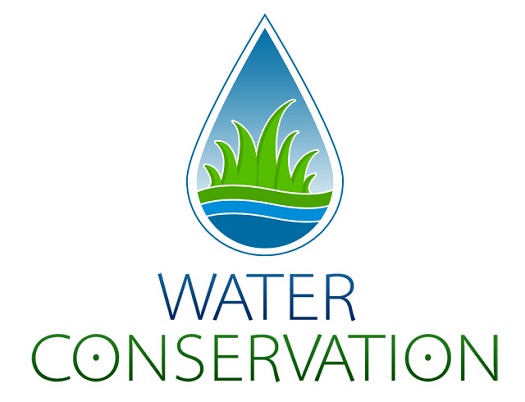
Call For Voluntary Water Conservation In San Diego Clears First Hurdle
Thursday, April 24, 2014
A "DroughtWatch' declaration, which calls for San Diego residents to conserve water on a voluntary basis following the third straight winter of below-average rainfall, was passed Wednesday by the CityCouncil's Environment Committee.
If approved by the full City Council, residents would be asked to take a series of measures in order to reduce overall water use in San Diego by 10 percent. Mayor Kevin Faulconer announced that he supports the declaration, which would take effect with the new fiscal year July 1.
Drought watch measures would include:
- limiting landscape irrigation to three assigned days per week;
- requiring the use of shut-off nozzles or timed garden hose sprinkler
- systems if watering without an irrigation system;
- washing vehicles on the same assigned days as irrigation, with some
- exceptions; using recycled or non-potable water for construction purposes;
- using hydrants only to fight fires; and
- prohibiting irrigation when it rains.
"We don't know what's going to happen next year with the rainfall here — we just don'tknow what the future holds,' Councilman David Alvarez said."Whatever we can do now to prevent that line from falling further in the negative, the better it will be for all of us in the coming years.'
City and state officials and the San Diego County Water Authority previously asked residents to begin stepping up water conservation efforts. For the first time, deliveries were stopped by the State Water Project, but that action was recently amended to allow 5 percent of the normal distribution.Enough water is expected to be on hand to meet demand for the rest of this year, but officials believe a fourth consecutive dry winter would lead to shortages. However, climate experts say an El Nino condition -- a warming of Pacific Ocean water that often substantially increases winter rainfall in California -- appears to be developing.
Until then, countywater officials have asked residents to wash down paved surfaces only when necessary for health and safety; eliminate inefficient landscape irrigation, such as runoff and overspray; irrigate only before 10 a.m. and after 6 p.m.; and serve and refill water at restaurants only on request.
"I want to thank San Diegans for continuing to save water and remind them that conservation is paramount as we continue to diversify our city's water supply to gain water independence,' Faulconer said Wednesday afternoon."Water conservation should be a way of life regardless of whether a drought or emergency is officially declared.'
According to the SDCWA, per capita potable water use in the San Diego area has decreased about 27 percent since 2007, and local cities and water districts are on pace to meet their state-mandated water-efficiency targets for 2020. Total regional consumption of potable water in fiscal year 2013 was 24 percent lower than in fiscal year 2007.San Diego imports 85 percent of itswater supply. Halla Razak,director of the city's Public Utilities Department, said the region has 2 1/2 times more storage capacity than five years ago and receives twice as much water from the Colorado River.The department also released a 30-second public service announcement that will run on television and online, suggesting that dishwashers only be run when they are full.

